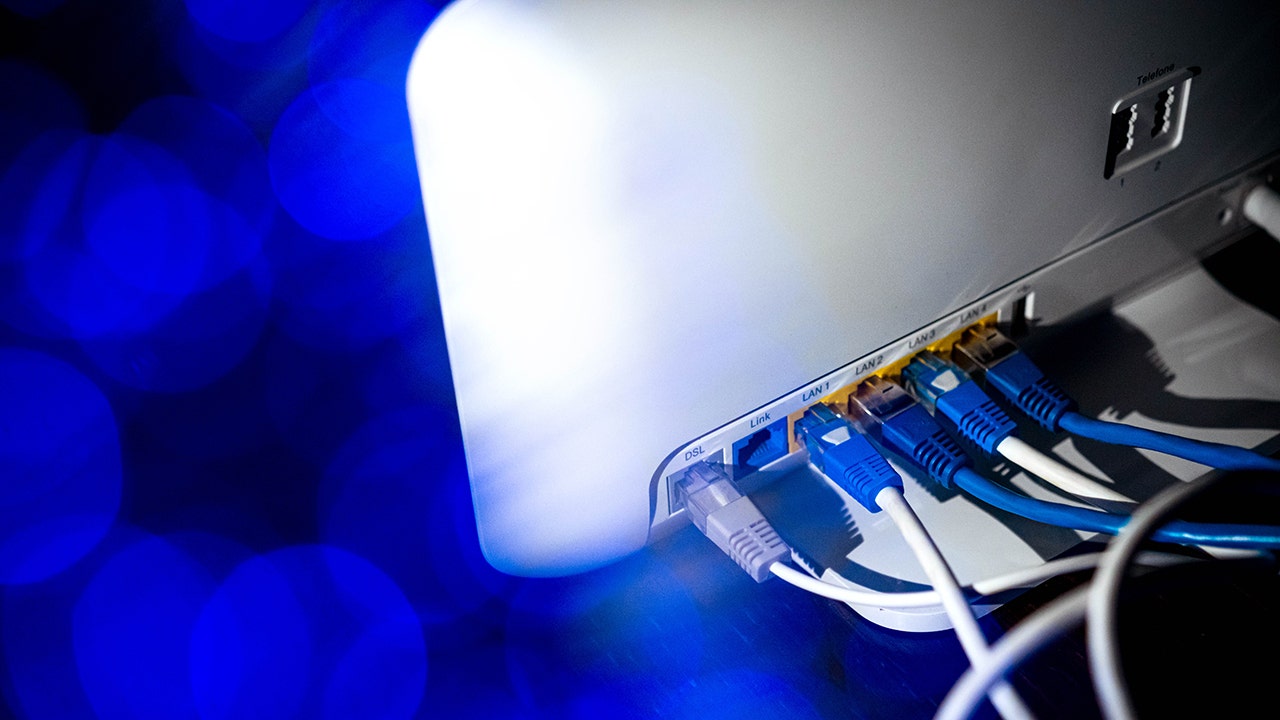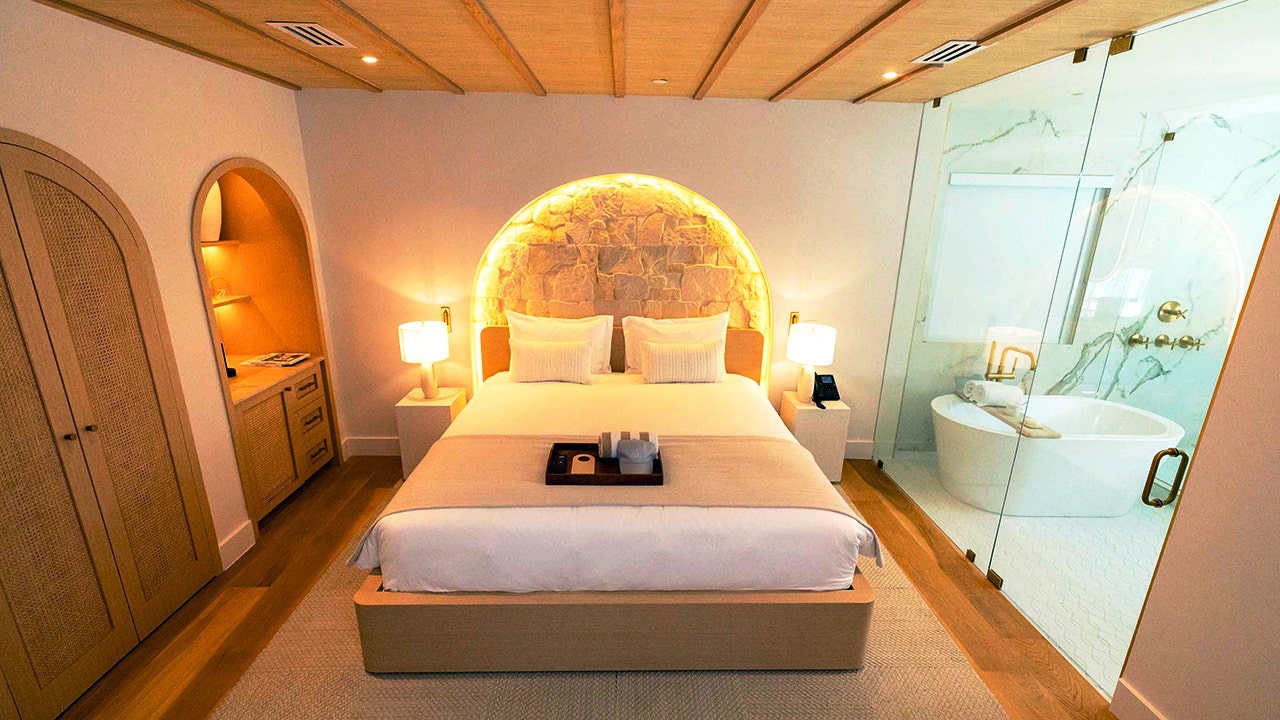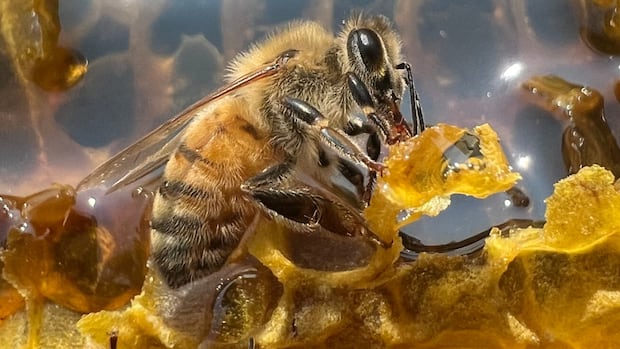Spider-Man’s dream is made a reality with future web-slinging tech

Researchers have recently unveiled an incredible breakthrough that even Spider-Man himself would envy. This groundbreaking technology involves the creation of strong, sticky fibers that are capable of lifting objects and capturing items from a distance. The innovation, developed by researchers at Tufts University, is a game-changer in the field of biomimicry and materials science.
The key to this revolutionary technology lies in a specialized fluid that solidifies into a powerful, adhesive fiber when ejected from a needle-like device. This fluid is composed of silk fibroin, a protein extracted from moth cocoons, along with dopamine, acetone, chitosan, and borate ions. The combination of these ingredients results in a material that is incredibly strong and sticky, mimicking the properties of spider silk.
In tests, the artificial webbing demonstrated impressive capabilities, such as lifting objects over 80 times its own weight and capturing items from a distance of about 5 inches. The researchers were able to retrieve a metal scalpel buried in sand, as well as pick up steel bolts and lab tubes floating on water. While the technology may not be ready for swinging through the city just yet, its potential applications are vast and exciting.
The real-world applications of this artificial webbing are far-reaching. Robots equipped with this technology could be used in search and rescue operations to retrieve objects from hazardous or hard-to-reach locations. In the manufacturing industry, this innovation could revolutionize how materials are created and manipulated. The medical field could also benefit greatly from this technology, with potential applications in drug delivery and tissue engineering.
The development of this breakthrough technology was the result of a serendipitous discovery by researcher Marco Lo Presti. While cleaning his lab equipment, he noticed a web-like material forming at the bottom of a glass that had been cleaned with acetone. This accidental observation led to the development of a material that has the potential to revolutionize the way we think about adhesives and materials science.
While natural spider silk remains far stronger than this artificial version, the possibilities for this new technology are endless. From comic books to cutting-edge research labs, the line between fantasy and reality continues to blur. The future of materials science looks sticky, stringy, and full of promise.
If given the opportunity to use this web-slinging technology for one practical purpose in your life, what would it be and why? Share your thoughts with us at Cyberguy.com/Contact. For more tech tips and security alerts, subscribe to the free CyberGuy Report Newsletter at Cyberguy.com/Newsletter. Stay connected with Kurt on his social channels and get answers to the most-asked CyberGuy questions.
Copyright 2024 CyberGuy.com. All rights reserved. Kurt “CyberGuy” Knutsson is an award-winning tech journalist who shares his passion for technology, gadgets, and gear on Fox News & FOX Business. For tech questions, sign up for Kurt’s free CyberGuy Newsletter, share your voice, story ideas, or comments at CyberGuy.com.




